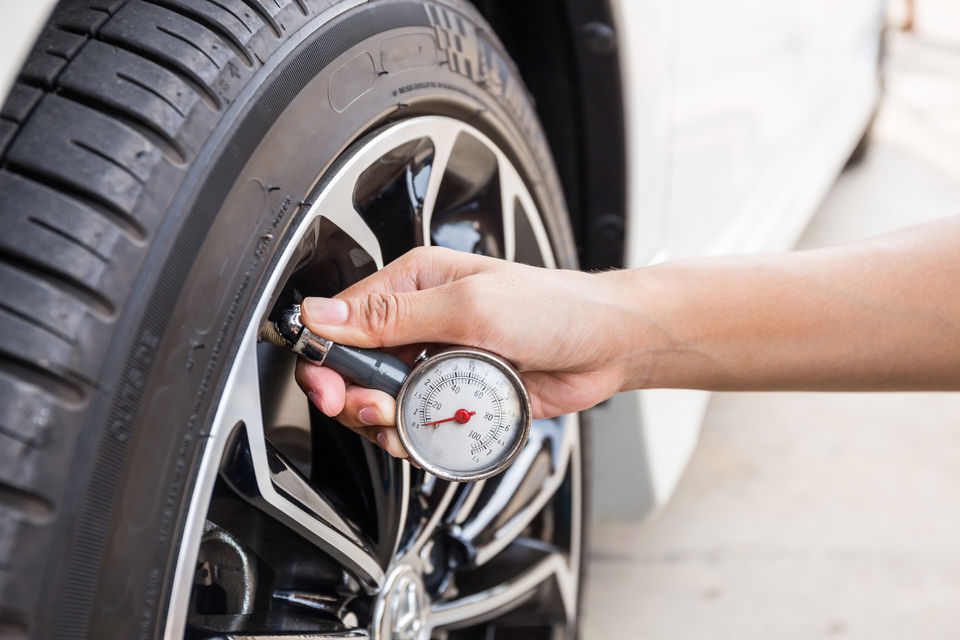
Tyre Pressure For Beach/Sand Driving - What's Appropriate?
Got a beach trip planned?
Before you hit the sandy shores, don’t forget to tweak your tyre pressure to avoid getting stuck in pesky sand traps!
But what’s the perfect tyre pressure for your sandy adventure?
Tyre Pressure For Beach Or Sand Driving
Sand driving requires a different approach to regular road driving. The key to mastering this terrain lies in adjusting your tyre pressure.
The Best Tyre Pressure For Sand
While the right tyre pressure can vary depending on the vehicle’s weight, tyre size, and sand conditions, a general rule of thumb is to set the pressure between 15 to 20 PSI (pounds per square inch) for driving on sandy terrain.
Importance Of Having A Low Tyre Pressure
Enhanced Traction And Floatation
Lowering the tyre pressure prevents your tyres from digging into the sand and getting stuck, providing better traction and reducing the risk of getting stranded.
Reduced Risk Of Damage
Driving with appropriate tyre pressure reduces the chances of tyre damage, as the tyres can absorb the impact of rocks, bumps, and uneven terrain more effectively.
Improved Handling And Stability
Properly inflated tyres ensure better handling and stability, enabling you to maintain control of your 4WD on soft sand.
Minimised Environmental Impact
Lower tyre pressure distributes the weight of the vehicle more evenly, reducing the environmental impact on delicate beach ecosystems.
How Do You Get This Tyre Pressure?
- Know your vehicle’s recommended tyre pressure: Check your vehicle’s manual or the driver’s side door jamb for the manufacturer’s recommended tyre pressure.
- Understand the terrain: For softer, drier sands, a lower pressure might be necessary, while firmer wet sands could tolerate slightly higher pressures.
- Invest in a quality pressure gauge: To achieve the best results, use a reliable gauge to measure the current tyre pressure accurately.
- Deflate the tyres: With the pressure gauge in hand, release air from the tyres until you reach the appropriate pressure level. Make sure you deflate all four tyres equally.
- Recheck before and after: Double-check the tyre pressure before embarking on your sandy escapade, and also remember to reinflate them to the manufacturer’s recommended pressure once you’re back on regular roads.
Conclusion
To guarantee an epic journey and keep yourself safe while beach driving, knowing the right tyre pressure is a must.
Achieve the appropriate pressure for an enjoyable sand driving adventure with your 4WD.

Louis
I'm Louis, an engineer passionate about helping Australians choose better tyres for their vehicles!
